Opinion: Mt. Pulag then and now
by Myk Miguel
Thank you Pinoy Mountaineer, for opening up concerns and suggestions on what to do in the destruction of Mt. Pulag in the name of ecotourism and ancestral domain rights of indigenous people.
I witnessed its pristine beauty way back in March 1978 after my group, Zeta Mountaineers, explored Mayon Volcano for four consecutive years. It was a member of Mountaineering Association of the Philippines (MAP, membership: 50) who gave me the direction going up there – either Ambangeg or Ellet Trail. We chose the latter. By the way, for the sake of trivia, the UST Mountaineering Club gave way to MAP after a tragic death of a member while descending Mayon Volcano. I have been in contact with some of their members, the godfathers of Philippine mountaineering, in the likes of Gus Guerrero, Art Cuevas, et al.
This “playground of the gods” became our playground, too. For countless of climbs, we considered it as if our own for being the only human beings wandering on its huge landscape. The atmosphere up there was like a lonely sacred planet. Eerie yet peaceful.
Fast forward. I came back there several times in the late 2000’s ( including the time of havoc of Typhoon Ondoy) and could greatly dismayed by numerous eyesores and missed details. Gone are Chan See store in Ambangeg, nearly 2 kms. of mossy forest, the watering hole near Apo Usok’s hut, water resources along mossy forest, the original triangular steel marker at the summit, the bermuda grass along the narrow path in the grassland and water source halfway to the sum .Eyesores are ala Pasay jeepney terminal at ranger station, bald and idle land of Camp 1, long water pipes to nourish vast vegetable plantations, Woodstock-like ocean of tents in campsites, noisy and drunk “social climbers”, crowded summit and not-so-mossy forest.
I have read some opinions published and here are some of my points of view;
Close the Park: I disagree. It’s not just depriving the local of added income but this idea is not hitting the real problem which is the massive tourist hullabaloo. The DENR must reduce greatly its carrying capacity. It’ll be a controversial matter but surely, it’ll be a problem solver.
Ancestral domain: Yes, the land is indigenous people but it does not mean that they can slash and burn the Park for commercial farming. They must be reoriented and educated that they have more future in Mt. Pulag if environmental concerns are managed well. Most of them know the sad state of Mt. Data in Mt. Province where unabated massive farming and overpopulation dried up the watershed of the area.
Close Ambangeg Trail, open only Akiki and Tawangan Trails: I disagree. It’s discriminatory and macho-like idea. Mt. Pulag is not for “hard cores” only. Trekking is for nature lovers – young ones and “young once” alike.
Tour operators: It’s simple. Individual hikers are there for pleasure while tour operators are for business, money. Regulate them. Charge them higher. The “taxes” go to community improvement, school children, medicines, etc.
Locals: Educate them not to expand their existing plantations. Show them the repercussion of the destruction of their environment. Concerned mountaineering groups could bring audio visual presentations of environmental issues like deforestation. Visuals have impact. Encourage them about rewards of homestay, arts and crafts.
Reforestation of Camp 1: There must be mandatory tree planting for all hikers. The local community grows and sells pine tree saplings – an added income for them. They must nurture the plants, too. An added value in this project is environmental responsibility to everyone – newbies and oldies alike. Let the individuals and clubs to be proud of their planted trees by putting markers with their names on it. On their next visit, they will look forward seeing not only the “sea of clouds” but also the growth of their planted trees.
Apo Batacagan aka Apo Usok: Restore the original hikers’ watering hole and the old man’s landscape. It’ll bring back the history and nostalgia of Mt. Pulag. There are several descendants of Apo Usok who are farmers and porters. They will take charge of maintaining the park in the Park. By the way, the place is can be reached past the Mt. Pulag sign near the ranger station. After, say, fifty steps away from the sign, climb the slope on your left. In a few minutes after a short hike, you’ll be there. Ranger Larry knows it.
To begin with, what we need is a serious dialogue among all the stakeholders. We must strive for a win-all solution and ACTION that will save Mt.Pulag from its deathbed.

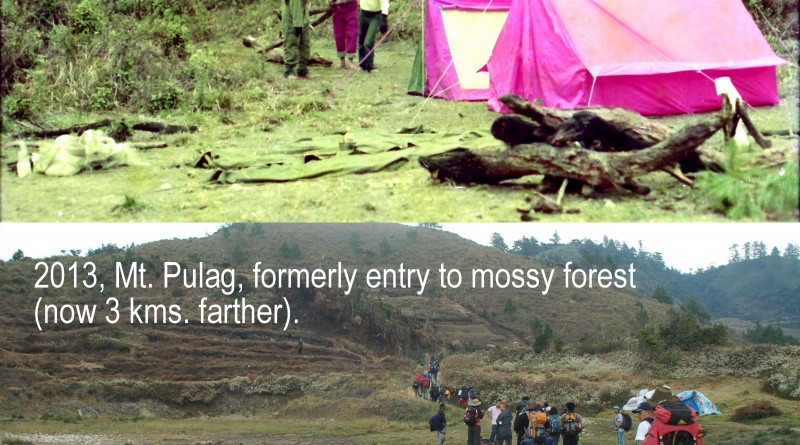

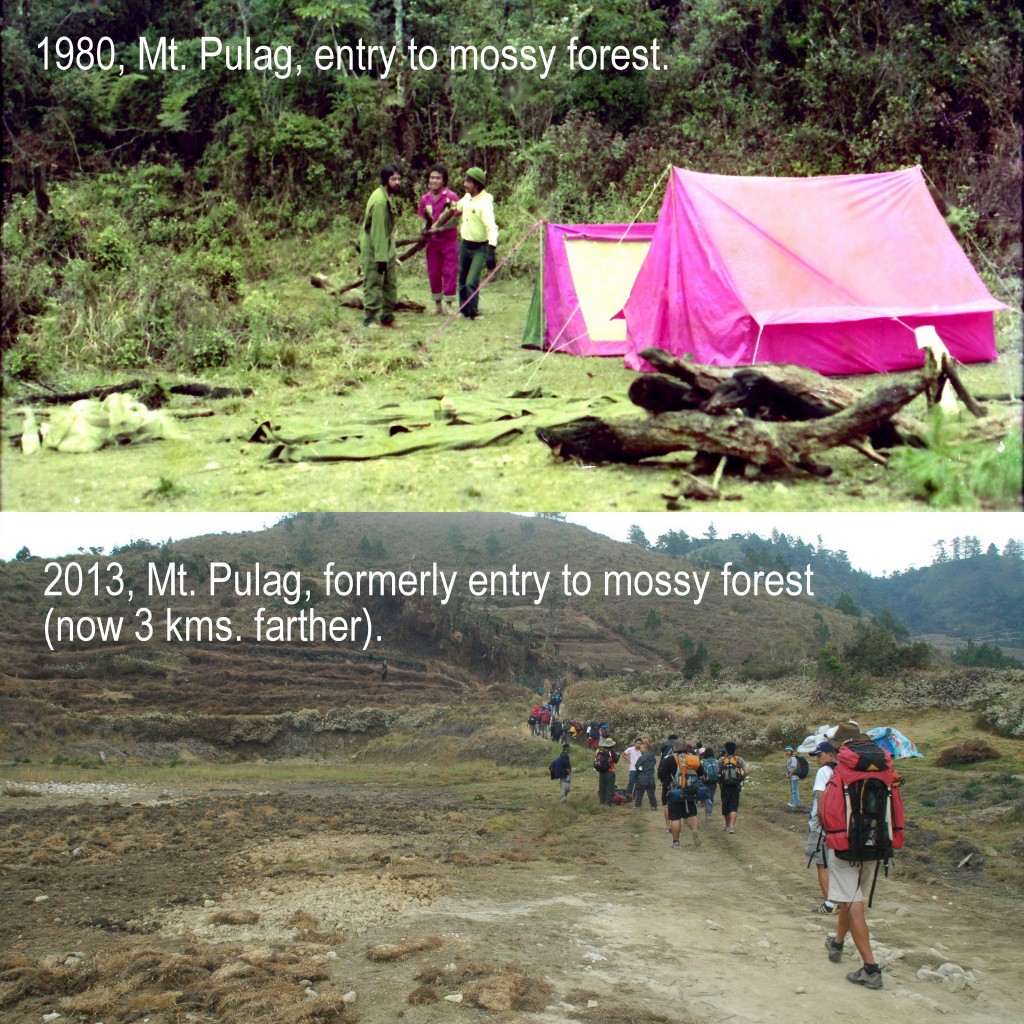
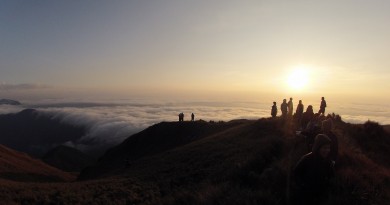
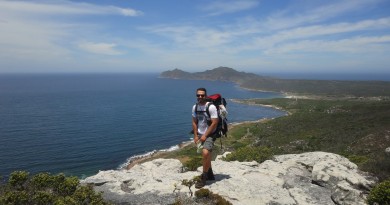
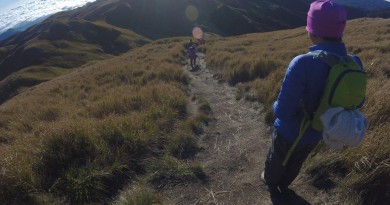
Leave a Reply
Be the First to Comment!